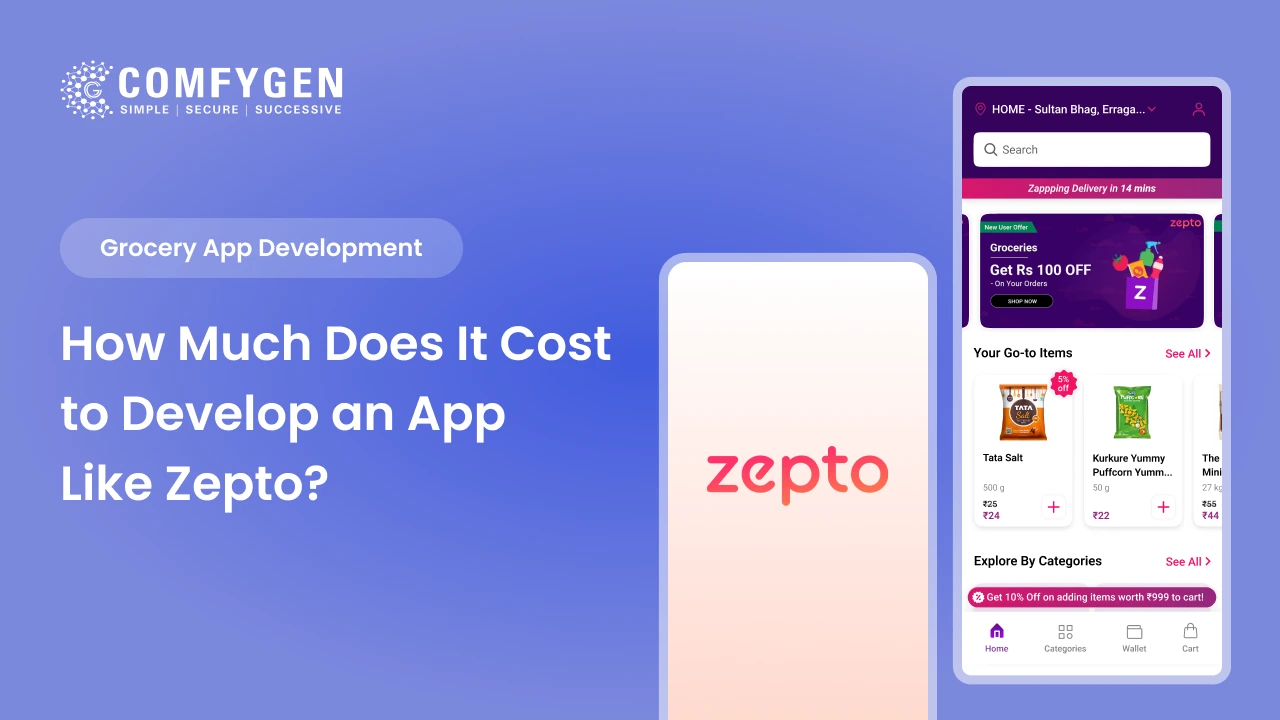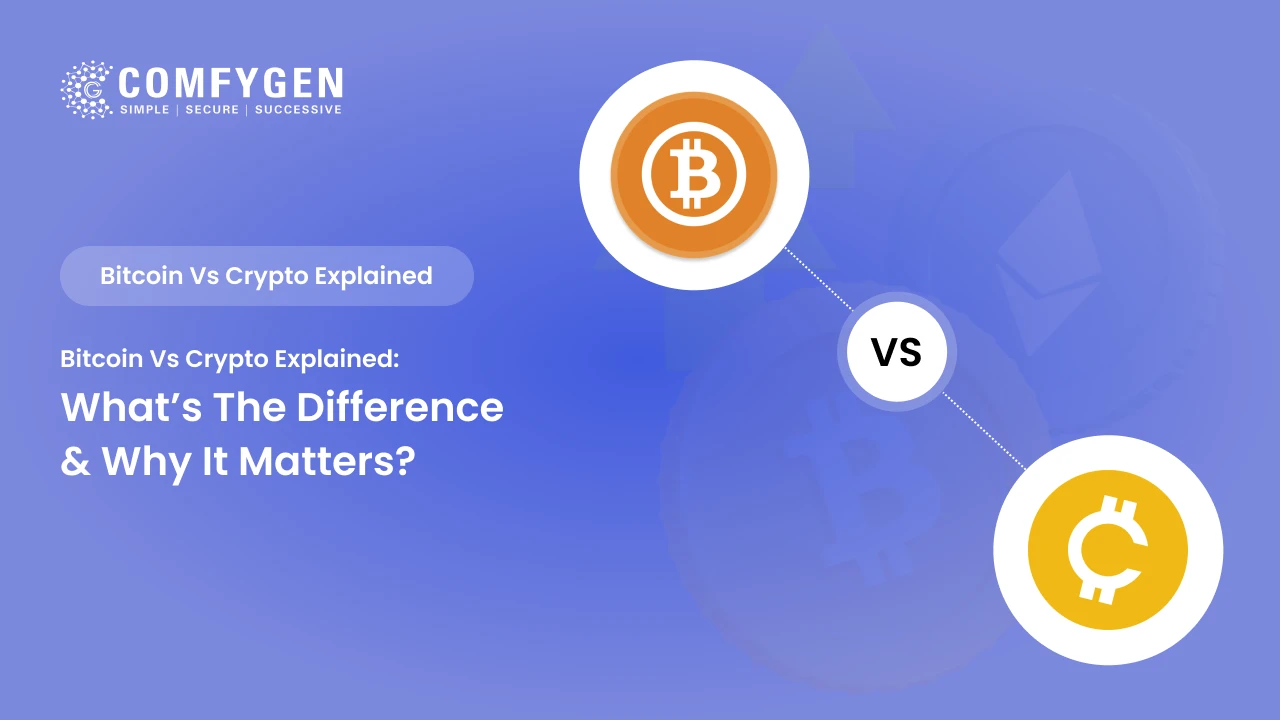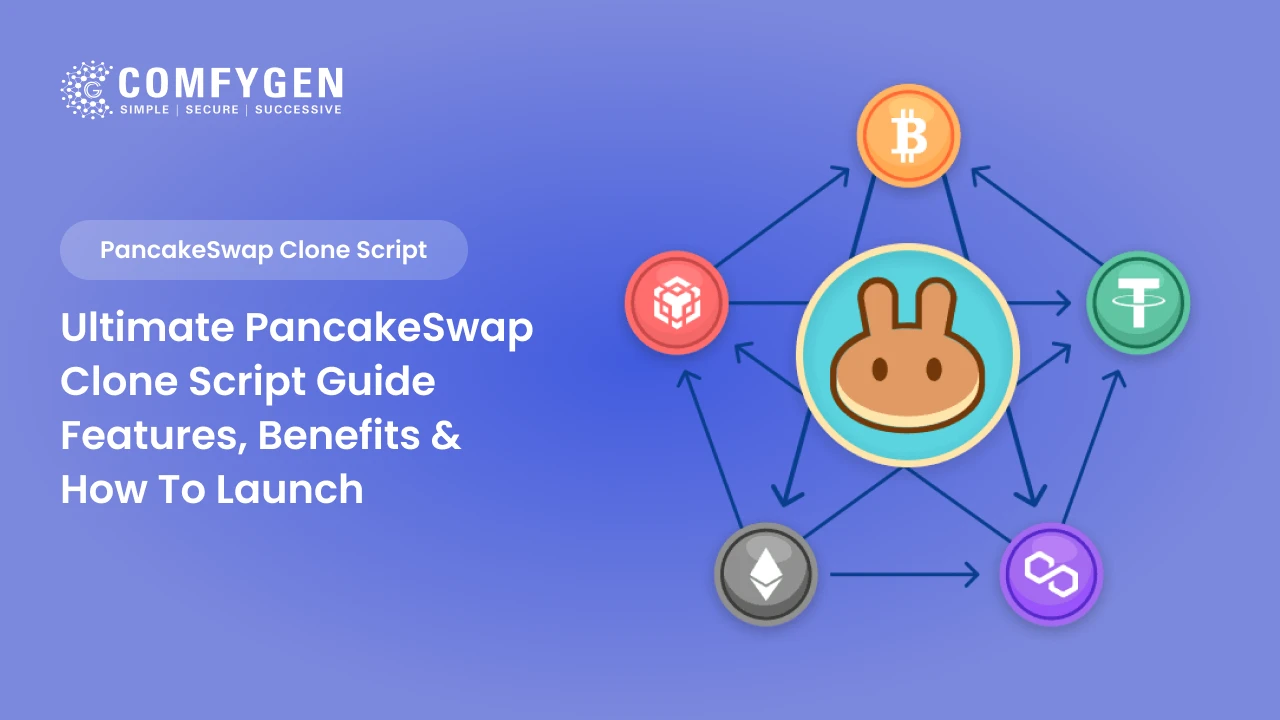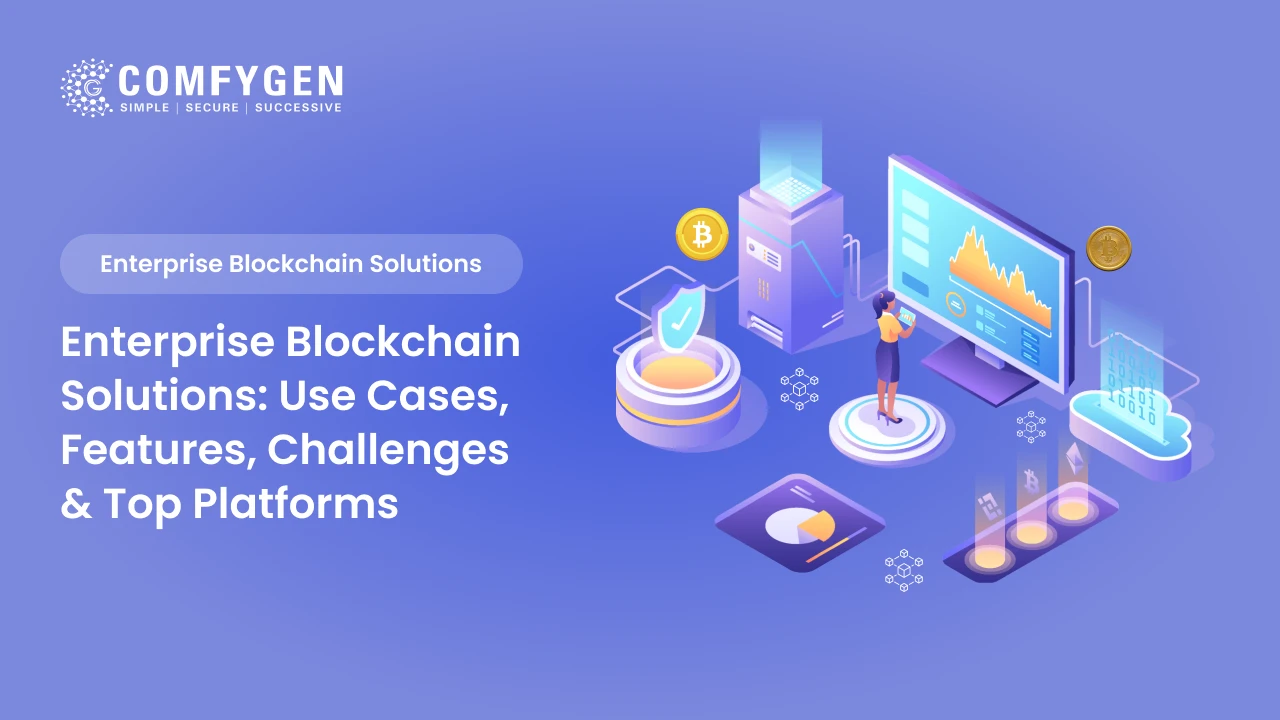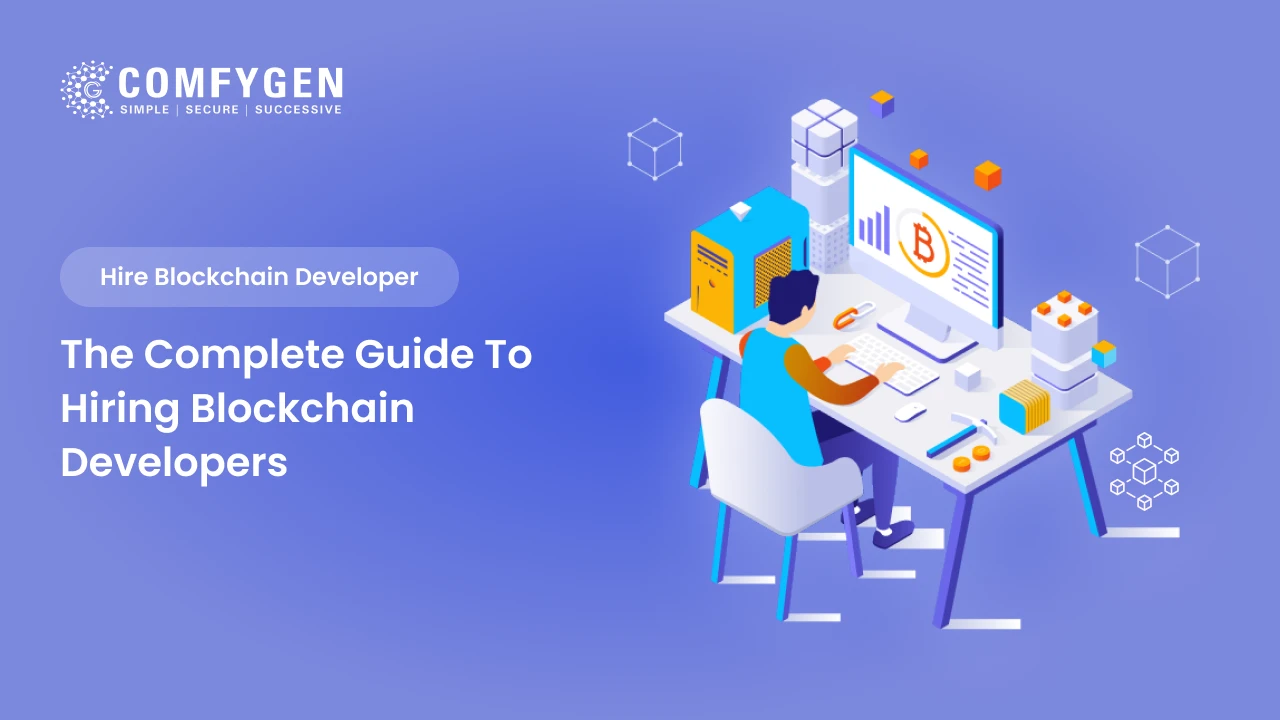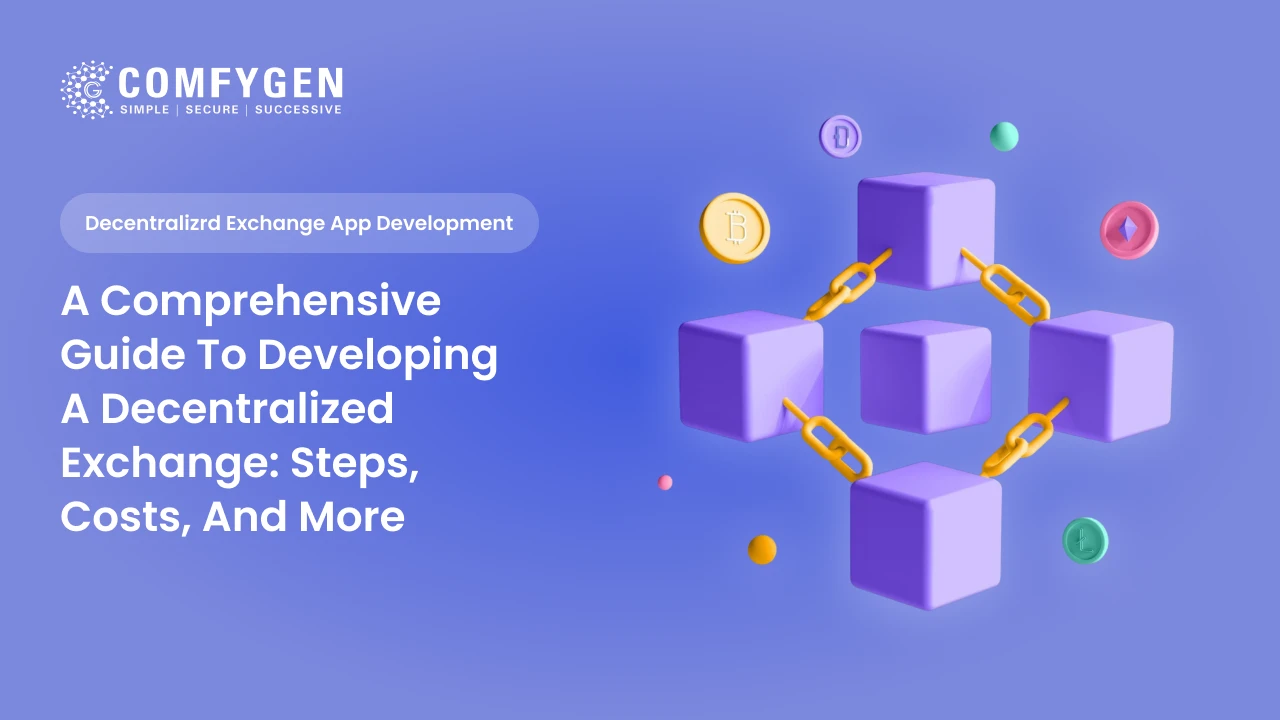How Much Does It Cost to Develop an App Like Zepto?
After the big success recorded by Blinkit (launched in 2013), grocery delivery app like Zepto launched in 2021. The similar kinda quick-commerce grocery delivery app that serves necessary homely-items at home in just a few minutes. In a very short span of time, Zepto (Start-Up) generated operating revenue of 20 Billion Indian Rupees in 2023.
Seeing a very rapid growth of the online grocery delivery application; there are N numbers of entrepreneurs wanting to create Zepto-like apps with some new unique features to target a vast audience. However, the crucial question remains “How much does it cost to build an app like Zepto?”
This blog is the answer to all your cost-related questions. We will breakdown the cost to develop online grocery apps like Zepto thoroughly to let you estimate for your own project.
Let’s briefly discuss deploying a new uniquely designed online grocery delivery app into the market.
Average Cost of Building An App Like Zepto
Developing an app like Zepto involves several factors that directly influence the overall cost. These factors include app complexity, design requirements, platform choice, development team rates, and the features you wish to integrate. On average, the cost to build a grocery delivery app like Zepto typically ranges between $25,000 to $150,000, depending on these variables.
This is an average cost estimation, and it can fluctuate in case the features & functions are amended. If your grocery delivery application is integrated with new features, extra functions, and unique custom designs – means the cost is extended. That is why, when you evaluate the cost to build Zepto like app, kindly consider some factors and discuss with the mobile app development company.
Zepto Business Model
Zepto, a popular on-demand grocery delivery app, operates on a quick commerce (q-commerce) model. This business model is designed to deliver groceries and essentials to customers in a matter of minutes, focusing on speed, convenience, and a seamless shopping experience. Here’s an in-depth look at how Zepto’s business model works:
1. Customer-Centric Approach
Zepto prioritizes delivering a wide range of groceries and daily essentials to customers in under 10-20 minutes, a key factor that differentiates it from traditional delivery platforms.
2. Dark Store Network
Zepto utilizes a dark store network—small, strategically located warehouses in densely populated urban areas. These stores stock popular and frequently purchased items, ensuring quicker order fulfillment.
3. Revenue Streams
Zepto generates revenue through multiple channels:
- Delivery Charges: Customers are charged a nominal fee for delivery.
- Markup on Products: A slight markup on grocery prices contributes to profits.
- Subscription Plans: Offering benefits like free delivery and exclusive discounts.
- Advertising: Partnering with brands to feature promoted products in the app.
4. Technology and AI Integration
Zepto’s platform leverages advanced AI and machine learning algorithms to:
- Optimize delivery routes for speed and efficiency.
- Predict demand and manage inventory effectively.
- Provide personalized recommendations based on user behavior.
5. Hyperlocal Delivery Model
Zepto’s hyperlocal delivery system ensures that orders are dispatched to nearby riders, minimizing delivery times. They partner with a fleet of gig workers or delivery executives to maintain their promise of ultra-fast delivery.
6. Key Stakeholders
- Customers: Urban users seeking convenience and quick delivery of groceries.
- Vendors and Suppliers: Local suppliers and distributors providing fresh stock.
- Delivery Partners: A flexible workforce ensuring efficient last-mile delivery.
7. Target Market
Zepto primarily targets tech-savvy individuals, busy professionals, and urban households who value time and convenience over cost.
Common Considerable Factors to Estimate Cost to Develop Zepto Like App
Estimating the cost to develop an app like Zepto requires evaluating several key factors that impact grocery delivery app development timelines, complexity, and budget. Below are the most significant aspects to consider:
1. Platform Selection
- iOS, Android, or Both: Developing app for a single platform (iOS or Android) costs less than building a cross-platform app.
- Cross-Platform Frameworks: Leveraging frameworks like Flutter development or React Native can reduce development time and cost.
2. Grocery App Features and Functionalities
The complexity and number of features directly influence costs:
- Basic Features: User registration, product search, cart management, payment integration, order tracking.
- Advanced Features: Real-time delivery tracking, AI-powered recommendations, in-app chat, push notifications, and multi-language support.
3. UI/UX Design
- A seamless and visually appealing UI/UX design improves user engagement but can increase gr development costs.
- Custom animations and unique branding elements also add to the budget.
4. Backend Development
- A robust backend is crucial for managing inventory, handling user data, and processing payments.
- Features like scalability, cloud hosting, and database management affect the cost significantly.
5. Third-party API Integrations
Integrations with external services are often required:
- Payment Gateways: For secure online transactions.
- Mapping APIs: For real-time delivery tracking.
- Notification Services: For sending push notifications and alerts.
6. Grocery App Development Team Location and Rates
Zepto clone app Development costs vary widely based on the team’s location:
- India: $25-$50/hour
- Eastern Europe: $50-$100/hour
- USA/UK: $100-$200/hour
7. Technology Stack in Grocery App Development
Choosing the right technology stack impacts both performance and cost:
- Frontend: React Native App Development, Flutter, or native development.
- Backend: Node.js, Python, Ruby on Rails.
- Database: MySQL, MongoDB, Firebase.
- Cloud Hosting: AWS, Google Cloud, or Microsoft Azure.
8. Testing and Quality Assurance
Comprehensive testing ensures the app is bug-free and functions smoothly. QA activities typically account for 10-20% of the development budget.
9. Maintenance and Updates
Post-launch support and periodic updates are essential for keeping the app competitive and can cost 15-20% of the initial development cost annually.
10. Marketing and Launch
While not a direct development cost, budgeting for app launch and user acquisition strategies is critical for success.
Cost Breakdown Based of Grocery App Development Process
Developing a grocery delivery app like Zepto involves various stages, each contributing to the overall cost. Here’s a cost breakdown based on the Grocery app development process:
1. Planning and Research
- Cost: $2,000 – $5,000
- Includes market analysis, competitor research, and defining the app’s goals and features.
2. UI/UX Design
- Cost: $5,000 – $15,000
- Covers creating wireframes, prototypes, and an intuitive user interface for a seamless experience.
3. Frontend and Backend Development
- Cost: $20,000 – $50,000
- The core stage where the app’s functionality is built, including user interface, admin dashboard, and database management.
4. Third-Party Integrations
- Cost: $5,000 – $15,000
- Integration of payment gateways, mapping APIs, notification services, and analytics tools.
5. Testing and Quality Assurance
- Cost: $3,000 – $10,000
- Ensures the app is free from bugs and performs smoothly across different devices and platforms.
6. Deployment and Launch
- Cost: $1,000 – $3,000
- Includes deploying the app on app stores (Google Play and Apple App Store) and initial marketing efforts.
7. Maintenance and Updates
- Cost: $5,000 – $10,000 annually
- Ongoing support for bug fixes, feature updates, and performance optimization.
Total Estimated Cost
The overall cost typically ranges between $40,000 and $100,000, depending on the app’s complexity, features, and development team location.
Cost Based on Technology Incurred During Development
The choice of technology stack significantly impacts the overall cost of developing a grocery delivery app like Zepto. Here’s a breakdown of costs based on the technologies used:
1. Frontend Development
- Technologies: React Native, Flutter, Swift, Kotlin
- Cost: $10,000 – $30,000
- Covers building the app’s user interface and ensuring compatibility with iOS and Android platforms.
2. Backend Development
- Technologies: Node.js, Python, Ruby on Rails, Java
- Cost: $10,000 – $25,000
- Involves server-side development, database management, and API integrations for seamless functionality.
3. Database Management
- Technologies: MySQL, MongoDB, Firebase
- Cost: $5,000 – $10,000
- Includes setting up and managing databases to handle user data, inventory, and order details.
4. Cloud Hosting Services
- Technologies: AWS, Google Cloud, Microsoft Azure
- Cost: $5,000 – $15,000
- Ensures reliable app performance, scalability, and data security.
5. APIs and Third-Party Integrations
- Technologies: Google Maps API, Payment Gateways (PayPal, Stripe, Razorpay)
- Cost: $5,000 – $15,000
- Adds real-time tracking, secure payments, and other essential functionalities.
6. AI and Machine Learning
- Technologies: TensorFlow, PyTorch
- Cost: $5,000 – $20,000
- Powers personalized recommendations, demand prediction, and optimized delivery routes.
7. DevOps and Maintenance Tools
- Technologies: Jenkins, Docker, Kubernetes
- Cost: $2,000 – $5,000
- Ensures smooth development, deployment, and post-launch maintenance.
The total technology cost for developing a grocery delivery app like Zepto can range from $40,000 to $120,000, depending on the selected tools and the level of customization required.
How Does Zepto Make Money?
Zepto generates revenue through multiple streams, leveraging its quick commerce (q-commerce) model to ensure profitability while delivering value to customers. Here’s how the app makes money:
1. Delivery Charges
Zepto charges customers a nominal fee for delivery, especially for orders below a minimum threshold. This fee contributes directly to revenue and offsets logistics costs.
2. Markup on Products
The app applies a small markup on the listed prices of groceries and essentials. Despite the slight increase, customers are willing to pay for the convenience of quick delivery.
3. Subscription Plans
Zepto offers subscription models, such as free deliveries, exclusive discounts, and priority customer service for a fixed monthly or annual fee, creating a steady revenue stream.
4. Advertising and Sponsored Listings
Brands pay Zepto to promote their products through premium placements, banner ads, or featured listings, increasing visibility among customers.
5. Commission from Vendors
Zepto earns a commission from partner vendors and suppliers for every product sold through the platform, creating a mutually beneficial partnership.
6. White-Label Solutions
Zepto may provide its platform or technology infrastructure as a white-label solution to other businesses, generating additional revenue.
7. Data Monetization
With user consent, Zepto can analyze purchasing patterns and sell anonymized insights to brands, enabling targeted marketing and inventory planning.
Zepto’s revenue model focuses on balancing customer convenience with business profitability. By combining delivery fees, product markups, and advertising revenue, Zepto has created a sustainable and scalable business that thrives in the competitive quick commerce market.
How Comfygen Can Help in Building Apps Similar to Zepto?
Comfygen Pvt. Ltd., a trusted IT consultancy and service provider, specializes in developing high-quality, feature-rich mobile applications tailored to meet specific business needs. Here’s how Comfygen can help you build an app like Zepto:
1. Customized App Development
Comfygen offers end-to-end on-demand grocery app development services, ensuring your grocery delivery app is tailored to your unique requirements. From user-friendly interfaces to advanced functionalities, every aspect of the app is customized.
2. Expertise in Grocery Delivery App Development
With years of experience in on-demand mobile app development, Comfygen is well-versed in building apps like Zepto. The team ensures smooth navigation, real-time tracking, and secure payment integrations, enhancing user satisfaction.
3. Use of Cutting-Edge Technology
Comfygen employs advanced technologies such as AI, machine learning, and cloud solutions to deliver a scalable and efficient app. Features like AI-powered recommendations and optimized delivery routes help differentiate your app in the market.
4. Cost-Effective Solutions
Comfygen provides affordable grocery app development packages without compromising on quality. The food delivery app development company focuses on delivering value, ensuring your app is competitive within the quick commerce space.
5. Faster Time-to-Market
With an experienced team and streamlined development processes, Comfygen ensures timely delivery of your app, helping you quickly establish your presence in the market.
6. Ongoing Support and Maintenance
Comfygen offers comprehensive post-launch support, including regular updates, bug fixes, and feature enhancements to keep your app running seamlessly.
Final Verdict
Building an app like Zepto requires careful planning, a robust technology stack, and expertise in grocery delivery app development. With the right strategy and a reliable mobile app development partner, businesses can tap into the growing on-demand grocery market and deliver unparalleled convenience to their users.
Partnering with an experienced grocery app development company like Comfygen can ensure a seamless development process, from ideation to deployment. Comfygen’s expertise in building scalable, feature-rich apps tailored to market needs positions your business for success in the competitive quick commerce space.
Investing in a Zepto-like app not only meets the rising demand for quick delivery but also opens up multiple revenue streams and opportunities for long-term growth. With the right features, technologies, and post-launch strategies, your app can become a significant player in the on-demand grocery delivery ecosystem.

Mr. Saddam Husen, (CTO)
Mr. Saddam Husen, CTO at Comfygen, is a renowned Blockchain expert and IT consultant with extensive experience in blockchain development, crypto wallets, DeFi, ICOs, and smart contracts. Passionate about digital transformation, he helps businesses harness blockchain technology’s potential, driving innovation and enhancing IT infrastructure for global success.
Based on Interest
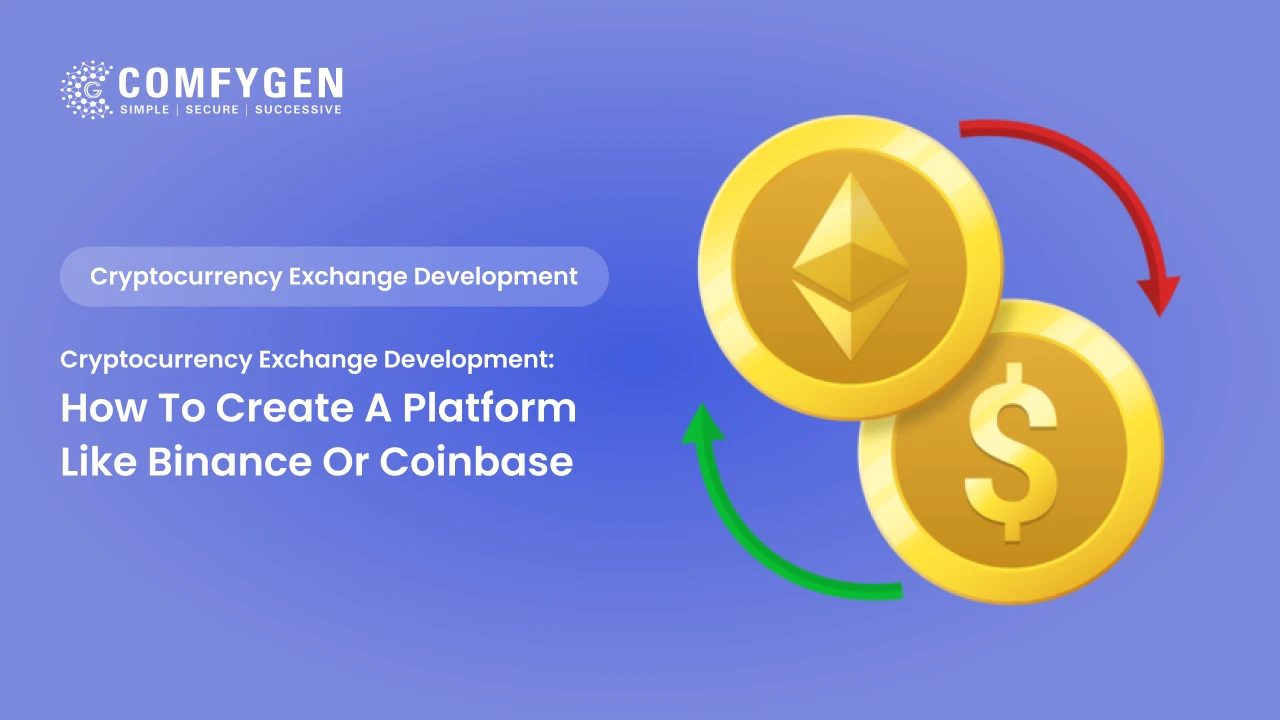
Cryptocurrency Exchange Development: How to Create a Platform Like Binance or Coinbase
The rise of cryptocurrency has revolutionized the financial world, creating new avenues for investment, trading, and technology-driven finance. Among the major…
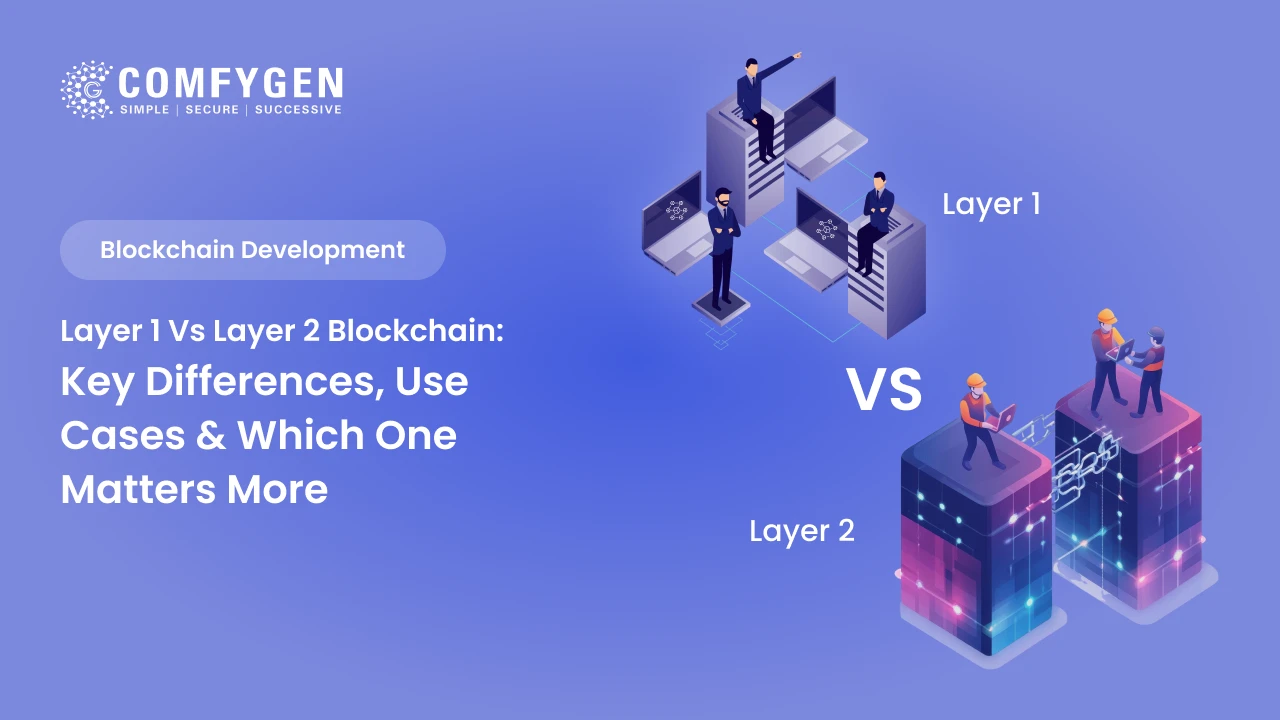
Layer 1 vs Layer 2 Blockchain: Key Differences, Use Cases & Which One Matters More in 2025
Introduction Blockchain technology, once the exclusive domain of cryptocurrencies, has now evolved into a robust tool for various industries, including finance, healthcare,…

